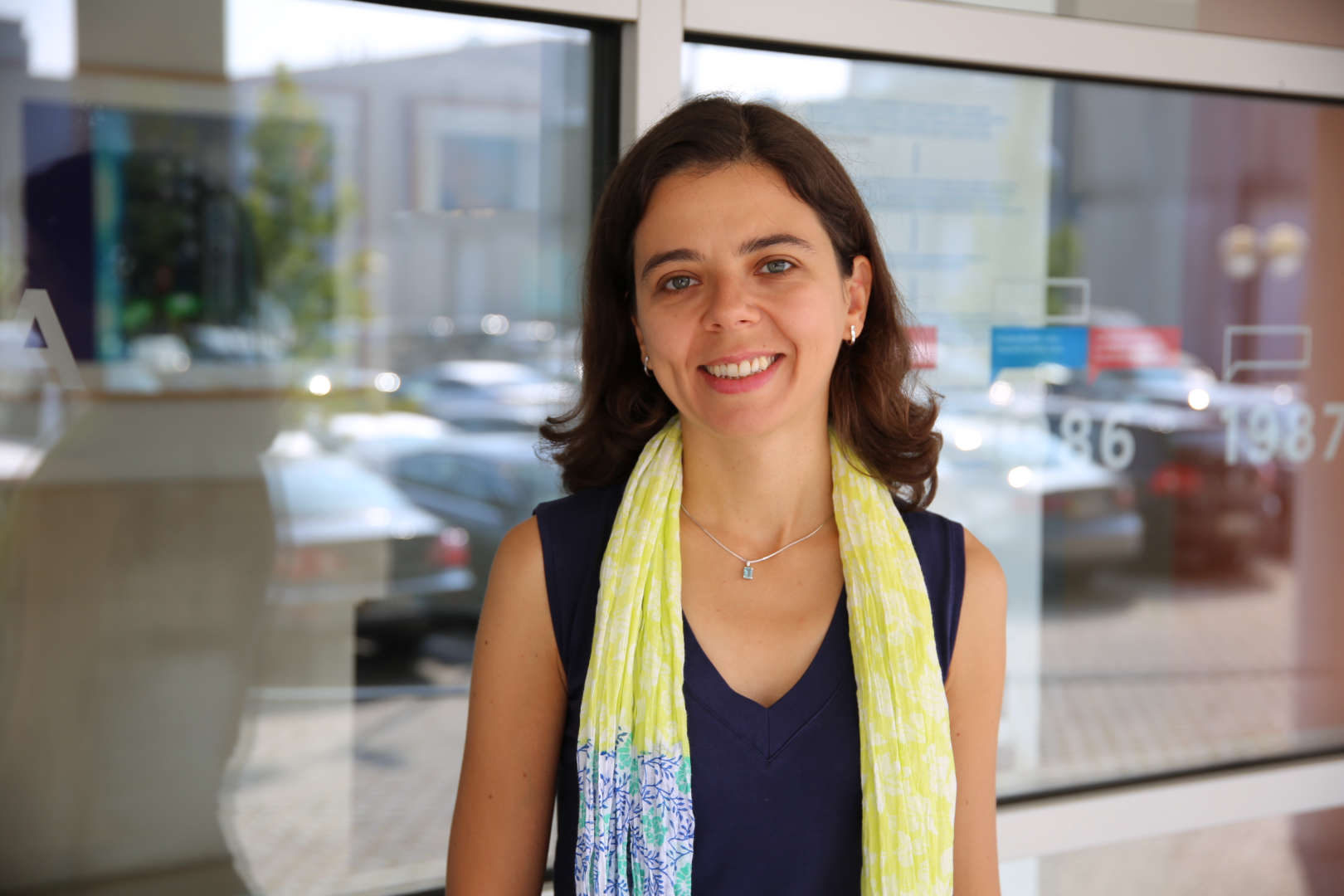About
I am a professor at the Scientific Area of Mathematics in the School of Technology and Management of the Polytechnic Institute of Viana do Castelo (ESTG-IPVC) and member of the Laboratory in Artificial Intelligence and Decision Support (LIAAD – INESC TEC) of the University of Porto. I have a Msc in Mathematics by the University of Minho and a PhD in Applied Mathematics by the University of Porto in 2014.
My main research lines are Data Analysis; Symbolic Data Analysis (Analysis of multidimensional complex data) and Linear regression models. I work in the development and application of methods adapted to data carrying a lot of information. This research is included in the framework of Symbolic Data Analysis.
Moreover, I collaborate with bio-informaticians and chemistry researchers for the development of mathematical models applied to agent-based modelling.


